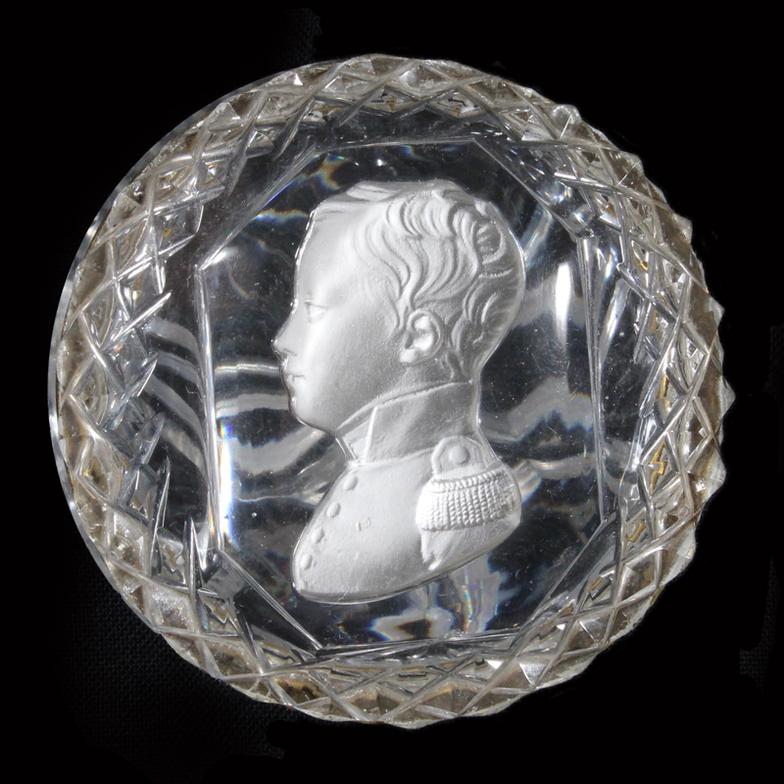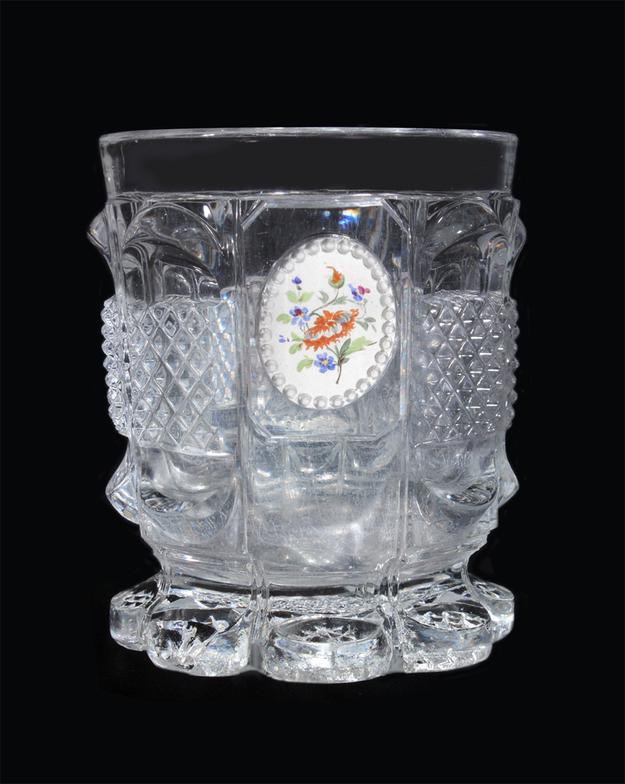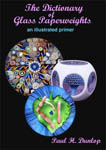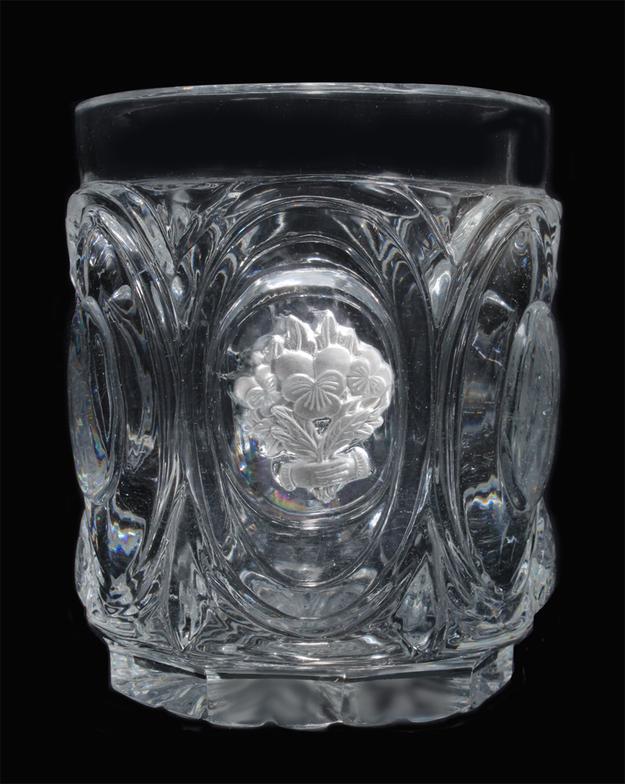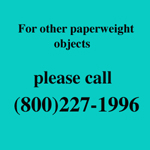images on this website are copyrighted by Papier Presse 2014
These objects take several forms: (a) the inclusion of a sulphide or gold foil incrustation in a goblet or other form (b) a similar form which has a rondel with a patterned millefiori, closepack or lampwork design applied to the surface (c) the whole body of the object is made incorporating spaced millefiori canes, closely set canes, or ribbons and filigree twists, (d) is made like a paperweight with a millefiori or lampwork inclusion, but shaped to form a newel post or mantel ornament, (e) a paperweight with a traditional motif may form the base of a vase, candlestick, hourglass, or similar object.
Excerpted from The Dictionary of Glass Paperweights, Paul H. Dunlop, Papier Presse 2009.


